I've seen many beautiful libraries, but, alas, only in films or pictures. They were all attached to renowned academic institutions, or to monasteries and abbeys. In person, I've only ever seen the sober interiors of Russian libraries, which, alas, weren't aesthetically inclined. Still, I was a frequent visitor; books have always been my passion. And words can't describe the delight I felt when I saw the library of the Catholic University of Leuven in Flanders—it's a true temple of books, imbued with the sacred spirit of knowledge and history. The interior even reminded me of Hogwarts, from J.K. Rowling's fictional world. The Leuven library seemed to have stepped out of old engravings or the pages of historical novels. But the history of the library itself deserves a separate story.
The original library building was erected in 1834. Since then, the book collection has been constantly expanding, including unique medieval manuscripts and documents. And all would have been well if not for the First World War. On August 2, 1914, Germany issued an ultimatum to Belgium, demanding unimpeded passage for German troops toward France. On August 4, the Germans invaded Belgian territory. The Belgians resisted fiercely, but the Germans outnumbered them almost ten to one. Leuven was captured in the last week of August. Initially, there was no active fighting in the city, but suddenly the situation spiraled out of control. Some German soldiers were killed, presumably by snipers. In response, a retaliatory operation began, reducing the city to ashes.

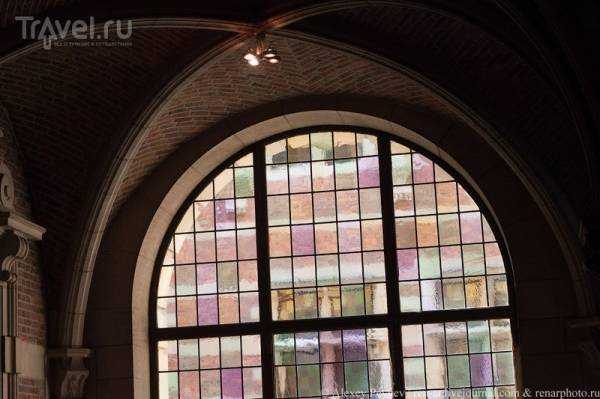
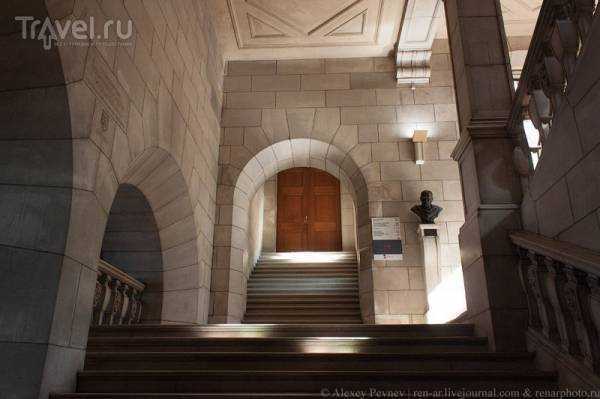
The Germans began systematically destroying the city, setting houses on fire, throwing people out into the streets, and killing some. They were particularly furious with Catholic priests, suspected of agitating against the occupying forces. Religious sentiments were no obstacle—the Germans themselves were Protestants. The Catholic University library, quite naturally, also came under attack.
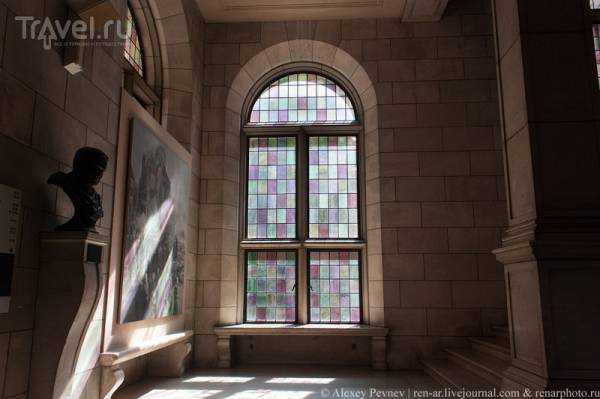
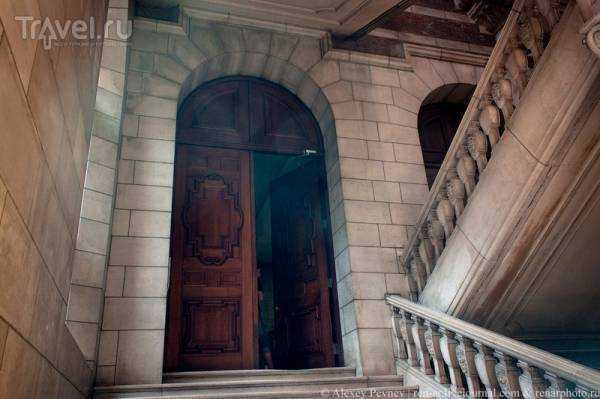
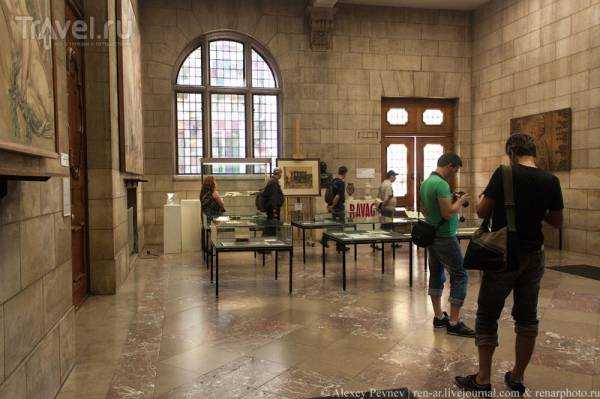
The library was set on fire at midnight. The rooms, books, walls—everything they could reach—were doused with gasoline, then Molotov cocktails were thrown through the windows. Soon, the enormous library, containing unique historical exhibits, was ablaze. Around 300,000 books were consumed in the blaze, including nearly a thousand medieval volumes and a vast collection of ancient manuscripts. Many first editions of famous works were also lost forever. The flames danced in the darkness—the library burned until the early morning, for over 10 hours. Any attempts to salvage anything from the flames were brutally suppressed. The Germans watched the books burn with particular rapture.

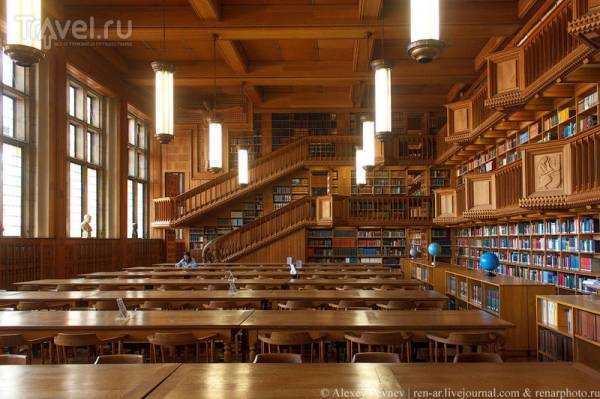

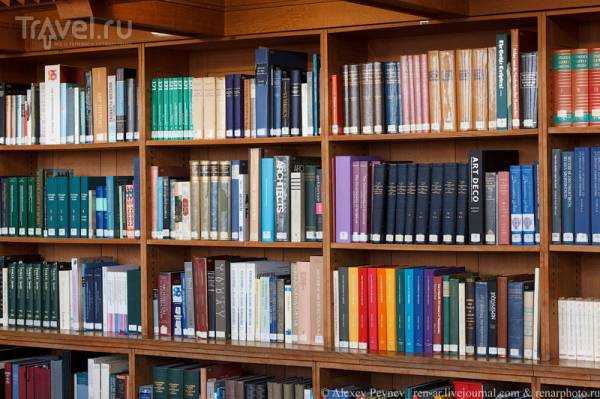
After the war, with American support, a new library building was constructed in the Flemish Neo-Renaissance style. Herbert Hoover, the future 31st US President, played a significant role in raising funds for the library's restoration. The building was designed by New York architect Whitney Warren, and American influences are still clearly visible in the building's ornamentation. Warren is also credited with the somewhat controversial inscription on the façade: "Furore Teutonico Diruta: Dono Americano Restituta" (Destroyed by Teutonic fury, restored by American generosity). However, the library's books were collected from around the world; many countries, organizations, private collectors, and other libraries contributed to the restoration. By 1928, all work was completed, and the new library already held approximately 900,000 books. But another disaster was not long in coming.
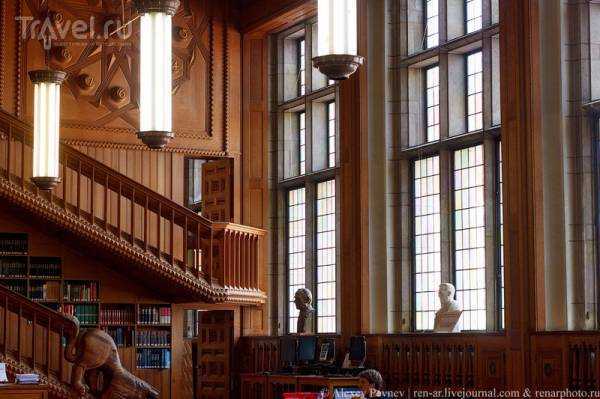
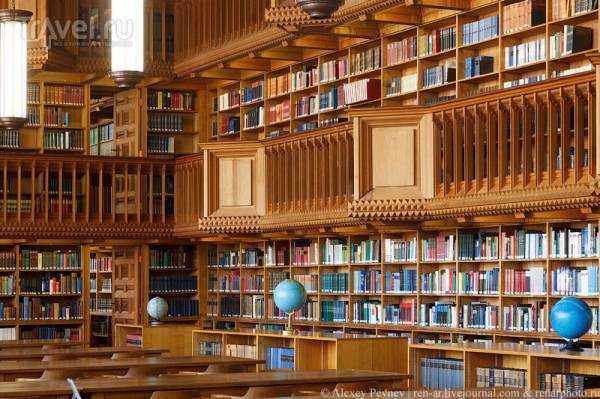
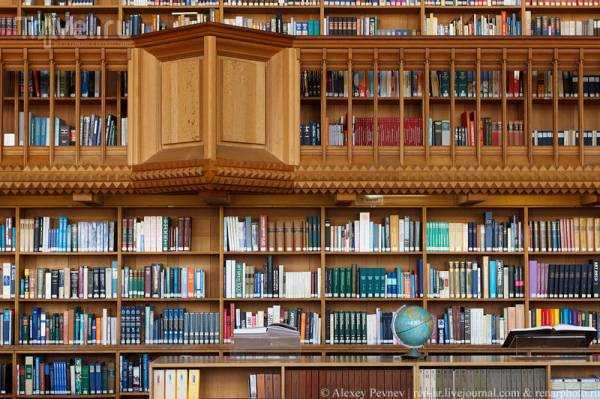
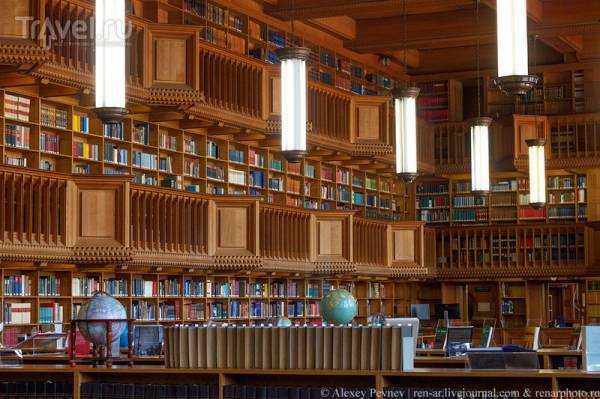
This time, World War II broke out… and once again, the library burned under German artillery fire. The new library survived for only 12 years, until the fateful 1940. True, the Germans, this time, denied responsibility for the second burning of the library, blaming the retreating British. Even Reich Propaganda Minister Joseph Goebbels came to view the ruins. This time, almost miraculously, the building's façade survived, but the interiors were almost completely destroyed, and the smoke and flames consumed the 900,000 books collected for the library from all over the world.
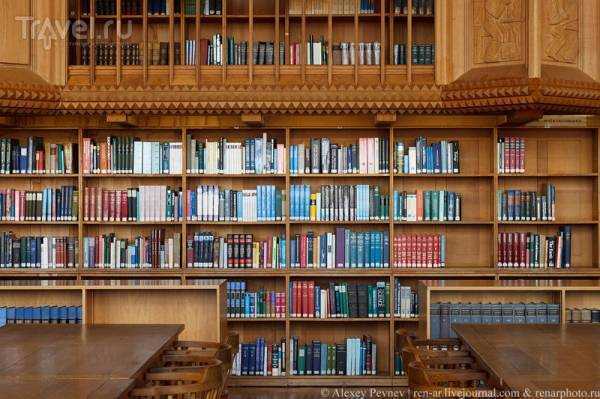
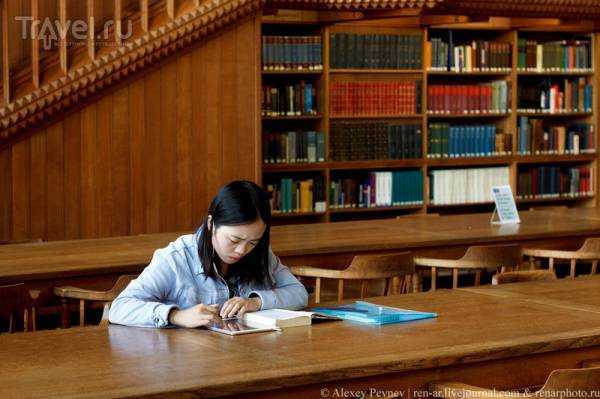
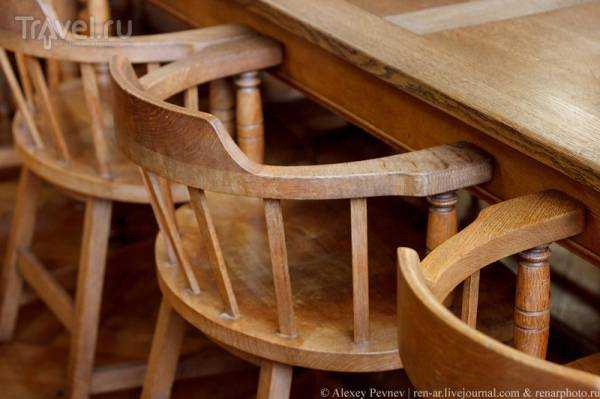
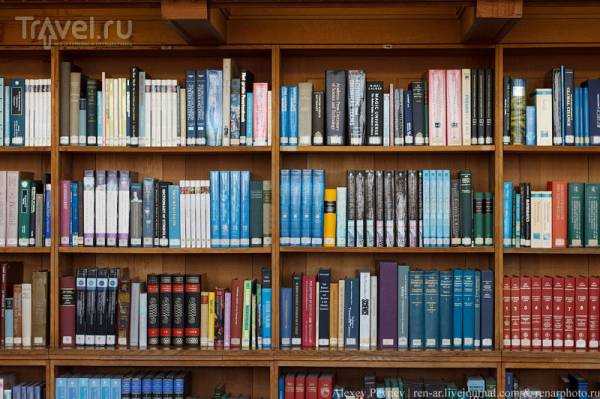
After the war, the building was restored according to the original plans, and the book collection began to expand again. But not everything went smoothly... In 1970, tensions between the French-speaking and Dutch-speaking groups at the university intensified, and the Catholic University of Leuven itself was divided into two parts, as was the library. The French-speaking part was located in Ottignies-Louvain-la-Neuve, and half of the library's collection was also moved there, to the new library.
Despite this new upheaval, the library in Leuven itself continued to develop, and in 1987 it was even recognized as a national treasure. This is unsurprising, given its extraordinarily beautiful interiors, magnificent façade, and complex history, woven into the very fabric of the country's life. The library now holds approximately four million books, many of which are truly valuable and unique. Considering Leuven is a student city, such a library is simply invaluable. It is, as I wrote at the beginning, a true temple of books. And we were simply enchanted by this place. It truly is the most beautiful library I've ever seen!
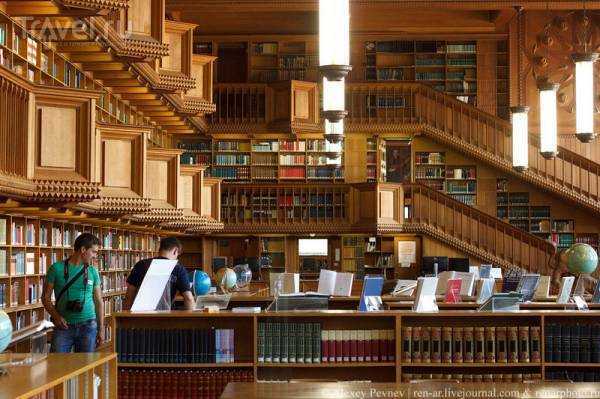
The trip is organised by the Flanders and Brussels Tourism Office
Source: travel.ru













